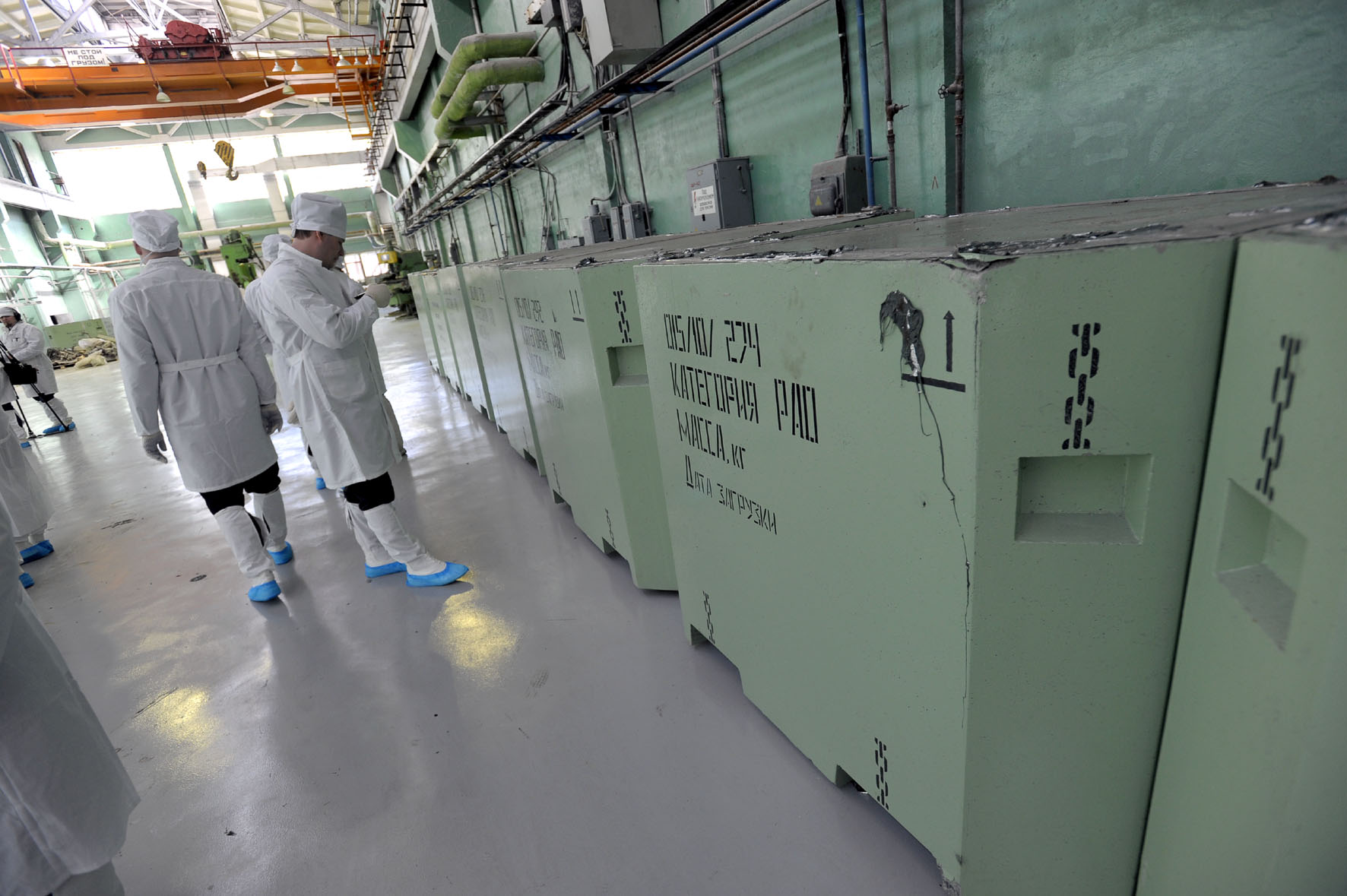Management of the back-end nuclear fuel cycle is on agenda in all countries running nuclear programmes. Russia has amassed considerable experience and expertise in management of spent nuclear fuel (SNF) and radioactive waste (RW).
This is largely associated with the Federal Focused Programme “Provision of nuclear and radiological safety in 2008 and to 2015” that ended in 2015. The Programme helped successfully deal with the most burning issues of Soviet “nuclear legacy”. To mention some results:
-
195 retired nuclear submarines were dismantled (97% of the total number);
-
98.8% of radioisotope thermoelectric generators (RTG) were removed from service, and 86% of them were dismantled;
-
construction of centralised long-term storage facilities for SNF prevented potential overfill of the spent fuel storages at RBMK sites;
-
Russia’s first dual-purpose production uranium-graphite reactor EI-2 in Seversk (Tomsk region) came to the end of its life. The reactor was put in decommissioning to the strategy of “special” radioactive waste repository (world’s first experience of this kind);
-
53 hazardous nuclear facilities were decommissioned; 270 ha of contaminated land were remediated;
-
open water storages of RW were closed down (Karachay at Mayak, B-2 at Sibirsk chemical plant).

Russian strategy of the back-end NFC provides for the further use of SNF as feed material for next-generation fuel in a closed fuel cycle that has already been launched in the country, and final isolation rather than long-term storage of radioactive waste.
